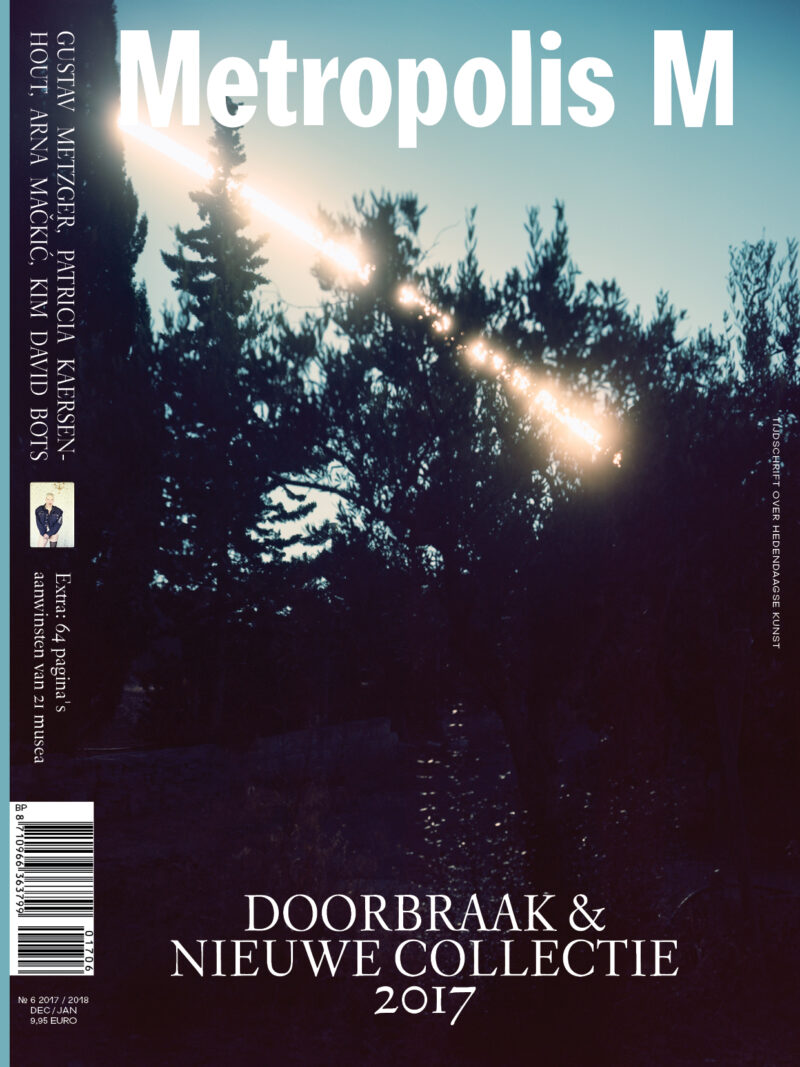Out of this Art World, part III
Understood to be the social setting of art, the art world is taken to task for its exclusivity. Already Joseph Beuys’ vision for democratic re-organization via Sozialplastik situated the ‘art world ghetto’ as its critical backdrop. As the art world gets bigger, art becomes smaller. This type of populist rhetoric claims art for ‘authentic audiences’ in places where it ‘really matters’, against sallow and interested agents.
The construction of the art world as a corrupting influence is perhaps a necessary fallout of Arthur Danto’s notion that it is the last instance to issue aesthetic guarantees about what can be called art. Of course it offends democratic sentiment when a social group is imbued with this kind of power, symbolic as it may be. Suggestive of a blind and monadic regime that presides over an offensive lack of public responsibility, there is something about the concept of the art world that destabilizes the value of art and its relationship with wider society. In this way, if the art world is set up as an ontological arbiter of art, you have in a sense already spelled the end of art.
The irritability that surrounds the concept stems from its strange mix of positivism and mysteriousness. It is undeniably there, as the social situation of art professionals, but the latter are seen to move in mysterious ways as they use their power to dole out verdicts about art. The ‘art world’ is part description, part projection, and to talk about it is to re-affirm and perpetuate it. You can dissect and analyse ‘the art system’ and ‘the field of cultural production’, but maybe we continue to talk about the art world (whatever it is and whatever we imagine it to be) because it is always more energizing to engage in any kind of world-making.
In any event, beyond certain social mythologies, the art world is also a social reality, and so it is legitimate to pursue an affirmative reading of it that is concerned with what kind of life is afforded here. This will necessarily be an equivocal affair because it is – also, or not least – a phantasmatic realm of individuals or communities. ‘The art world remains the last frontier for the desire to live differently’, as Chris Kraus put it a few years ago, making it sound like a myopic fantasy of genetic non-conformism, a dream world of the creative class. Maybe we can say that the art world is a world in which you will never find your place, because your socio-professional desire for what it presumably is, or for what it positively is not, is already mixed up in the very idea of it.
An affirmative reading of the art world has historical ties to bohemia. An impossibly spectral term today, bohemia’s mediation of art’s world is the closest we get to life’s integration into art (rather than the other way around). Is the art world too exclusive? In this perspective its exclusivity is the whole point: to the bohemian, art’s transformative potential is not for everybody. It is for the ones who choose to live it.
On this basis Andy Warhol created ideal art worlds at his Factory and at his short-lived psychedelic discotheque the Exploding Plastic Inevitable. These sites were pop art’s real spaces. Here I take Warhol’s word for something that is now art world mythology: ‘So now, with one thing and the other, we were reaching people in all parts of town, all different types of people: the ones who saw the movies would get curious about the gallery show, and the kids dancing at the [Exploding Plastic Inevitable] would want to see the movies; the groups were getting all mixed up with each other – dance, music, art, fashion, movies. It was fun to see the Museum of Modern Art people next to the teeny boppers next to the amphetamine queens next to the fashion editors.’ (From: Andy Warhol, POPism. The Warhol Sixties, 1980)
The Factory and the Inevitable were made up by freaks and art professionals, teenagers and addicts, hustlers and drag queens, insiders and outsiders, scenesters and gossips; those who were social others, or who became others in the act of putting their bodies in unfamiliar places with unfamiliar people. The ethos and eros of such sites were live-and-let-live, performed collectively as a queer social assemblage. By creating an impure mix of people, such sites opened up subjective transformation to forms of political appropriation.
What is not to like? Maybe the fact that Warhol never allows you to forget that all social cartographies can be instrumentalised and turned into economies of attention (which is what implicates him in ideologies that decades later forged nonsensical concepts such as the ‘creative class’). The Factory and the Inevitable were to a certain extent crowds signed by Warhol. Still, at the time no established idea of a public sphere could comprehend such social spaces: in the mid-twentieth century, during the homophobic repression of McCarthyism and its wake, the New York City art world was a place where gay men and women could express themselves and build a community.
If the art world is a socio-mythical construction, a neverworld or an everworld, there is necessarily more to it than a merely professional realm for the life and death of careers. It is also a place where people live and die, even if, or exactly because, it is an ambiguous space, shot through with social, mythical and psychic energies that make it resist a single definition.
Out of this Art World, part I en part II zijn verschenen in respectievelijk Metropolis M nummer 2 en 4 2017.
Lars Bang Larsen





















